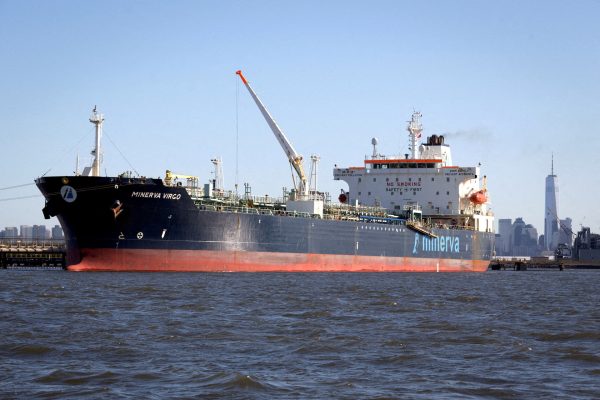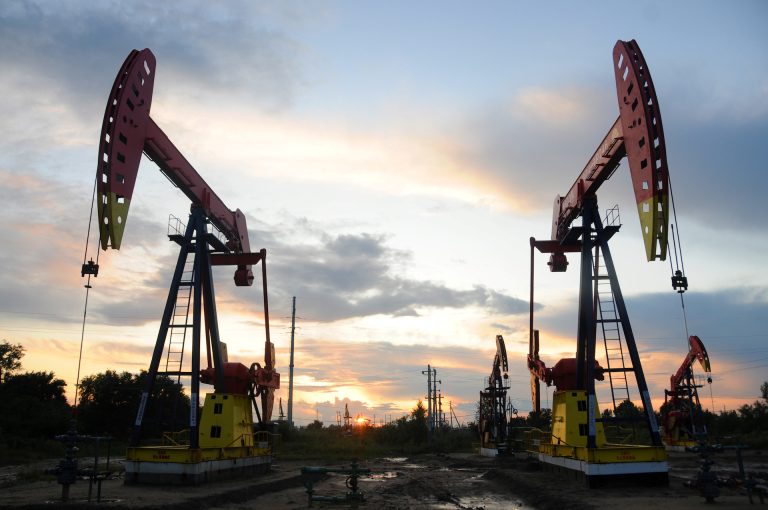NEW YORK — Oil prices sank by more than $2 a barrel on Wednesday, Nov. 9 after industry data showed that U.S. crude stockpiles rose more than expected and on concerns that a rebound in COVID-19 cases in top importer China would hurt fuel demand.
Brent crude futures were down $2.16, or 2.3 percent, at $93.20 a barrel by 12:32 p.m. EST, while U.S. West Texas Intermediate (WTI) crude futures had fallen $2.44 — or 2.7 percent — to $88.47 a barrel. The benchmarks fell around 3 percent on Tuesday, Nov. 8.
U.S. crude in storage jumped by 3.9 million barrels in the last week to 440.8 million barrels as oil production increased to about 12.1 million barrels a day, U.S. Energy Information Administration data showed. Analysts in a Reuters poll had expected a stockpile rise of 1.4 million barrels.
U.S. gasoline stocks shed 900,000 barrels in the week to 205.7 million barrels, the EIA said, compared with analysts’ expectations of a drop of 1.1 million barrels. Distillate stockpiles, which include diesel and heating oil, fell by about 500,000 barrels, a smaller-than-expected decline.

“The report was once again mixed but tilted towards bearish, with the crude oil build and the jump in domestic production,” said John Kilduff, partner at Again Capital LLC in New York.
Success
You are now signed up for our newsletter
Success
Check your email to complete sign up
“Beyond the oil inventory report, it’s all about China and its inability to control COVID,” Kilduff said.
‘Zero-COVID’ brings renewed concerns
Last week, the market had latched onto hopes that China might be moving toward relaxing COVID-19 restrictions, but over the weekend health officials said they would stick to their “dynamic-clearing” approach to new infections.
COVID-19 cases in Guangzhou and other Chinese cities have surged, with millions of residents of the global manufacturing hub being required to have COVID-19 tests on Wednesday, Nov. 9.
“With that (China reopening) narrative getting pushed back, coupled with a considerable build on U.S. inventory data, implying dimming U.S. demand, the recessionary crews are back out in full force this morning in Asia,” Stephen Innes, managing partner at SPI Asset Management, said in a note.
A stronger U.S. dollar, which makes oil more expensive for buyers in other currencies, also weighed on crude prices. The dollar advanced against several major currencies as results so far for the U.S. midterm elections on Tuesday dispelled notions of a resounding Republican victory.
In another bearish sign, API data showed U.S. gasoline inventories rose by about 2.6 million barrels, against analysts’ forecasts for a drawdown of 1.1 million barrels.
Supply concerns remain
The European Union will ban Russian crude imports by Dec. 5 and Russian oil products by Feb. 5, in retaliation for Russia’s invasion of Ukraine.
Reuters contributed to this report.
















